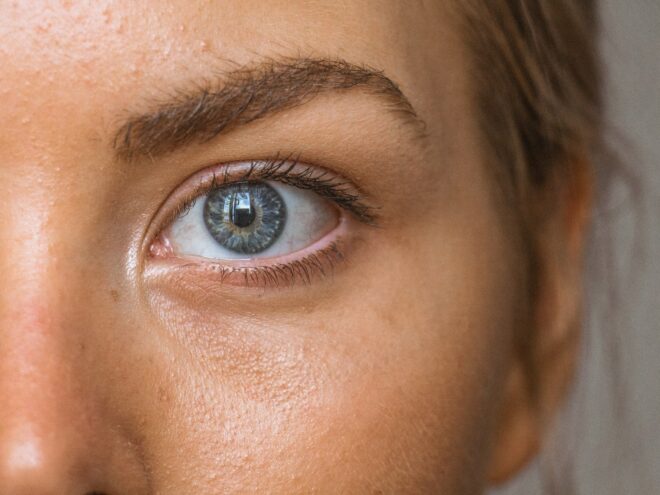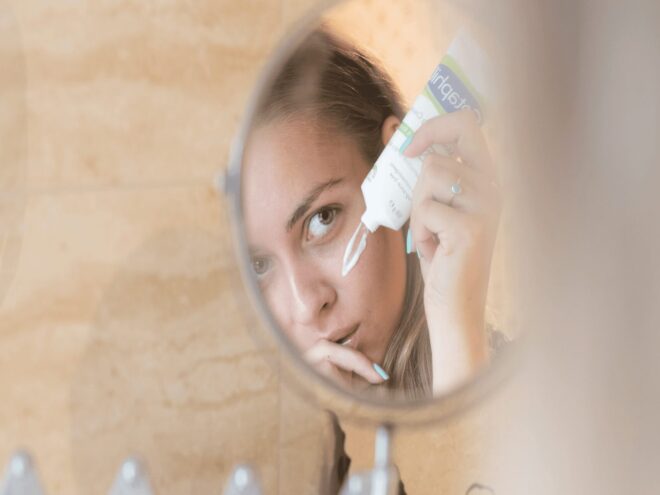Style • 04/14/2024
What Is Color Analysis? Plus Free Ways to Determine Your Season
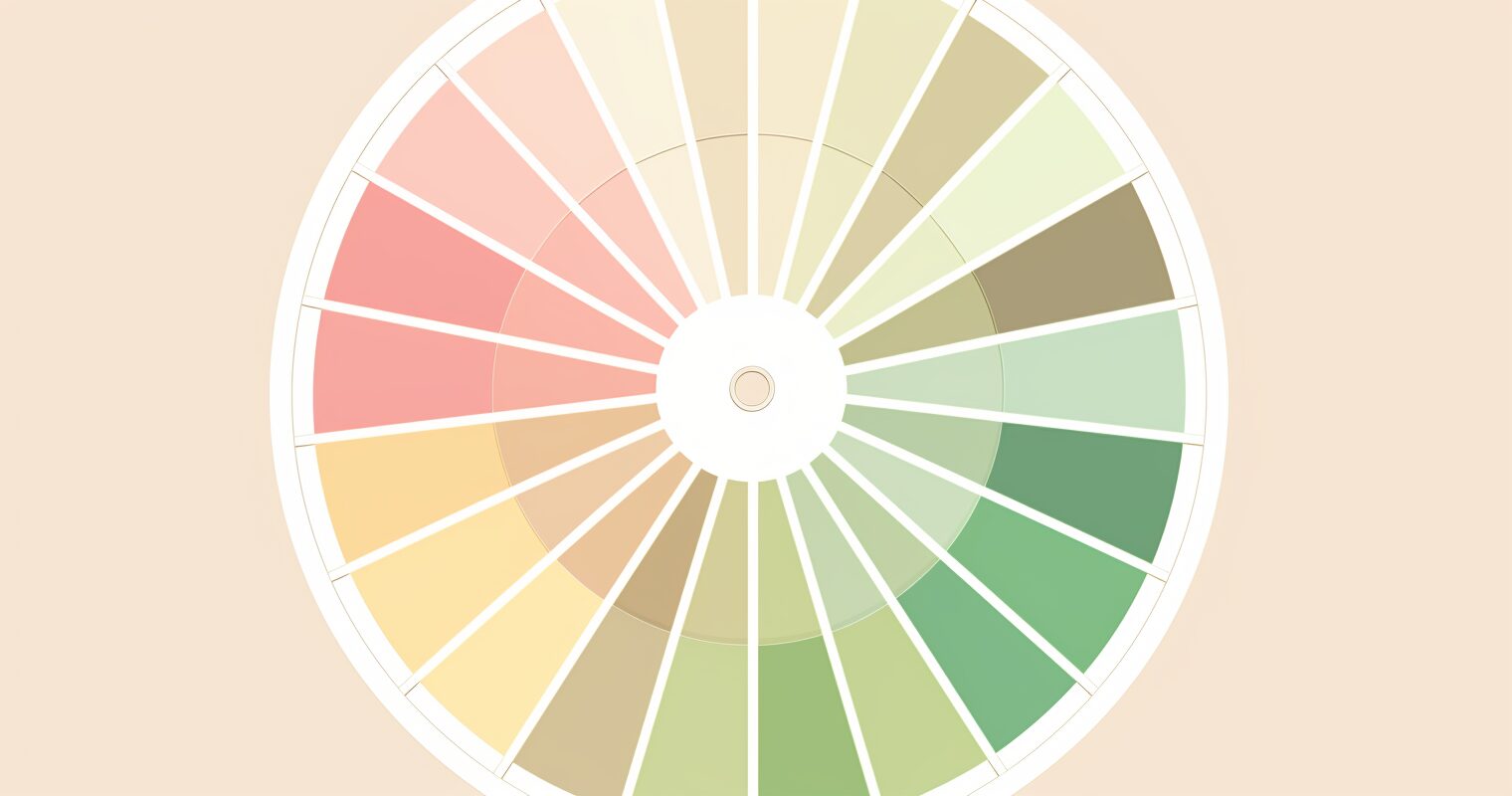
Revivalist is a reader-supported endeavor and our posts may contain affiliate links. When you buy through links on our site, we may earn an affiliate commission.
“That’s totally your color.” You’ve likely heard someone compliment you this way when you’ve worn a particular outfit that struck them as stylish. What does it mean though? The phrase relates to color analysis, which helps people find colors that don’t leave them looking washed out. Check out what color analysis is to find your season and more confidently choose flattering outfits, accessories and even makeup.
What Is Color Analysis?
Color analysis is a process people use to match shades and undertones to their skin tone. The best color brings out their natural glow instead of showcasing things like undereye bags or making them look tired.
You can better understand what color analysis is by learning about color theory. Color theory breaks each color down into three segments: undertones, values and chroma or saturation. The slightest variation in any of these factors results in a new color. You’ll want to consider all three when determining if something looks good with your skin tone.
What Are the Color Seasons?
Color seasons help people further understand which hues match the natural undertone of their skin. They follow the planet’s four seasons, so read more about them to start your color analysis journey.
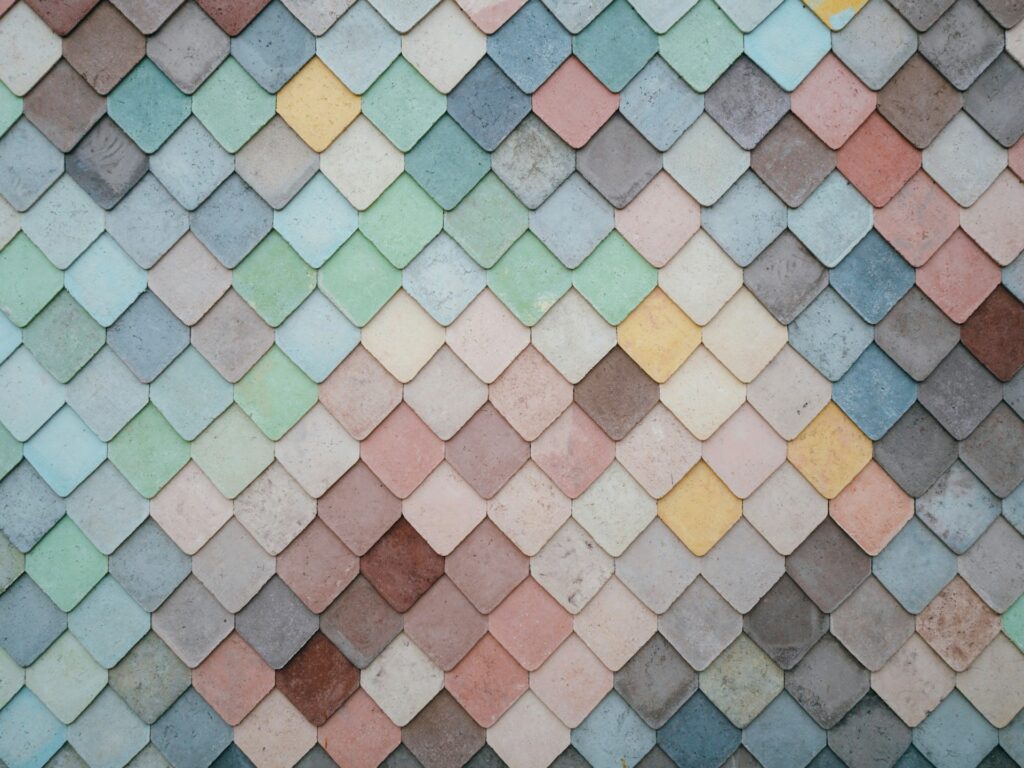
Spring
The spring color season best suits people of any ethnicity with peach or pink undertones. It contains colors like:
- Pastels
- Light earthy browns
- Various shades of white
- Light neutrals
- Low contrast color pairings (example: pastel pink and rose pink)
When you’re feeling bold, wear something that looks like it would bloom in spring, like a mossy green or lilac purple. Avoid dark colors to prevent your natural skin tone from getting overpowered and losing its light undertones.

Summer
Summer skin tones still have a pink undertone, but their overall shade is slightly darker. People might say you look naturally tan or have russet brown skin with jewel undertones. Use these colors to create gorgeous outfits:
- Muted greens
- Blues that are one shade darker than pastel
- Darker neutrals like pearl gray
- Ivory or mid-range white shades
- Jewel tones like amethyst pink or sapphire blue
Complement your skin tone by avoiding bright whites or super dark shades. You’ll erase your pink undertone and appear exhausted or pasty. Opt for other options like stunning navy dresses or jewel-inspired jackets to dazzle everyone while complementing your skin.

Fall
Autumn or fall individuals have olive, ivory or medium brown undertones. They’re one of the most varied color analysis seasons because so many fall-themed colors look fabulous on them. Piece your daily outfits together with shades like:
- Burgundy
- Olive green
- Warm neutrals
- Teals
- Burnt oranges
If you ever need outfit inspiration, look up pictures of various global locations in the full swing of fall. You’ll easily match new color palettes to your skin tone and feel your best when you walk through your front door.
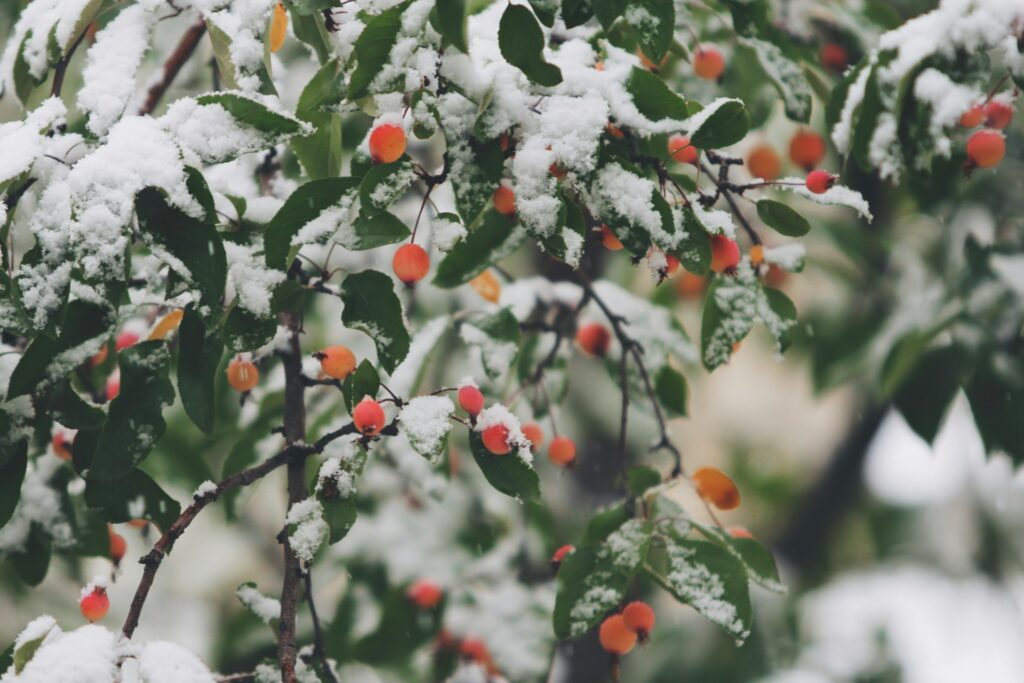
Winter
People with a winter season have blue and dark olive undertones. You might feel your best after building a cozy winter collection that showcases shades like:
- Black
- Dark grays
- Bold dark shades of any color
- Anything with a blue undertone
- Bright white
Bolder colors highlight your skin’s natural blue or olive if you think you’re a winter. Check out the options below to consider your season and finally determine which matches your appearance with the following steps.
How to Determine Your Color Season
Once you know what color analysis is and why people use it, it’s time to determine your specific season. Use these steps to find the best shades for your skin tone.
Find Your Value
The value of a color is where it falls on a light-to-dark scale, like the brightest shade of white cascading into a dark gray. This is the easiest to understand by looking at a picture of yourself in neutral lighting. Lighter skin tones are more likely spring and summer seasons, while darker toned skin likely looks better with fall or winter season hues.
Identify Your Hue
Hue is the undertone of a color. People determine this for their skin by checking the veins in their hands, wrists or arms. If your veins appear mostly blue, you have a cool undertone. Veins that look more green may have a warm or neutral undertone.
Explore Your Chroma
A color’s chroma is its saturation. If you have bright red and adjust its saturation to a lower rating, it’ll appear more like a gray-red. You can also understand this by changing the saturation of a picture on your phone. As you slide the saturation lower, the image becomes more black and white.
The chroma of your skin depends on its depth. Pale skin has less chromatic value, so it looks better with light colors. Darker skin has more chromatic value, opening the color possibilities to darker hues.
Combine Them to Find Your Color Season
Take notes as you explore your skin tone and color season. Combining your answers will show you which season best matches your appearance and helps you look your best. You can select various outfits and accessories based on your answer to achieve your best look.
Other Ways to Use Your Color Season
While many people use their color season to choose outfits, you can also use yours when selecting hair dye options or makeup tones. Stylists may ask what your undertone or season is before selecting potential options for those things, making it even more critical to understand your season.
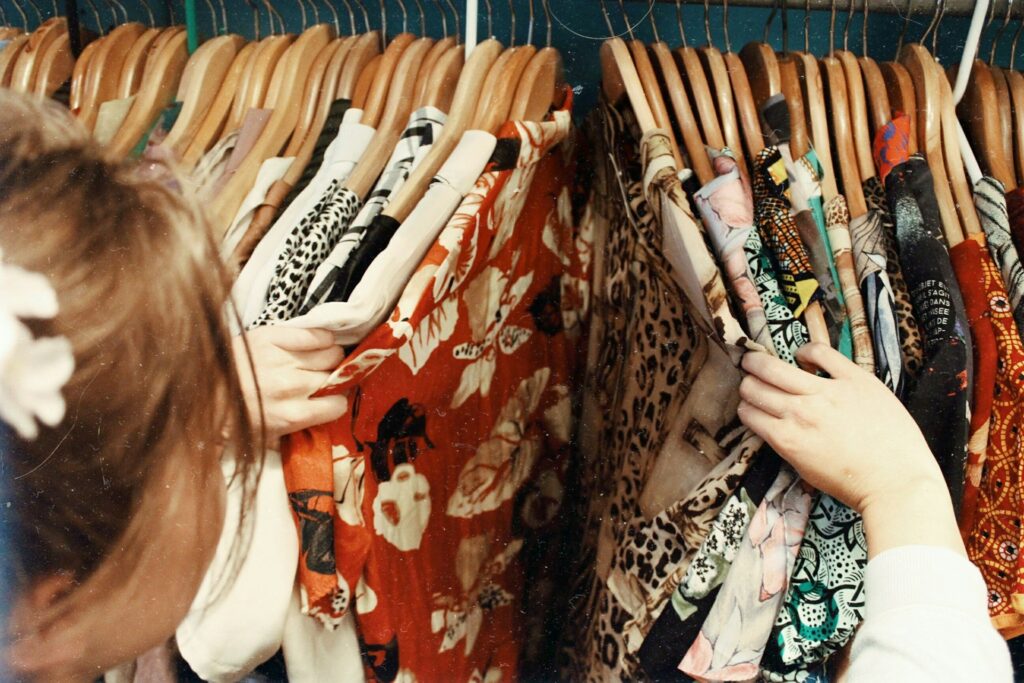
Explore New Ways of Self-Expression
Feel and look your best by learning what color analysis is and how you can use it to select flattering clothes. You’ll better understand what looks the best on your body, so you’re never lost when creating your outfit for the day or shopping for new wardrobe additions.
Subscribe to Our Weekly Newsletter
We would love to connect deeper with you!
